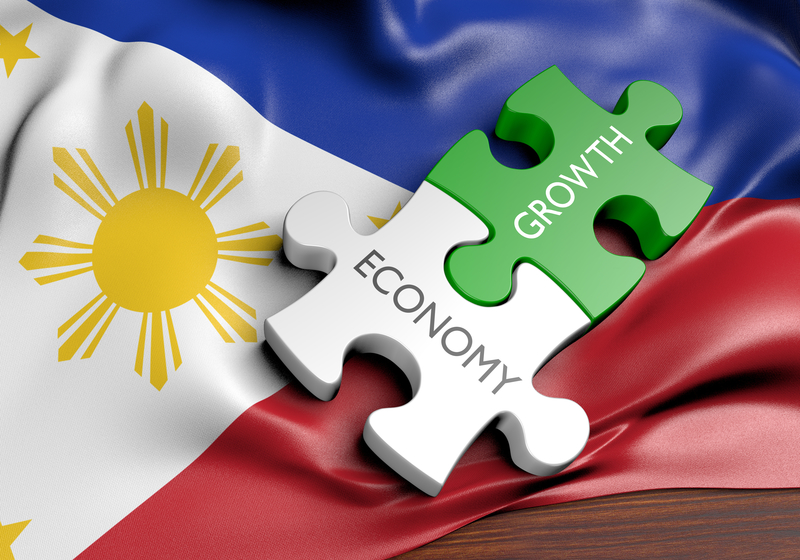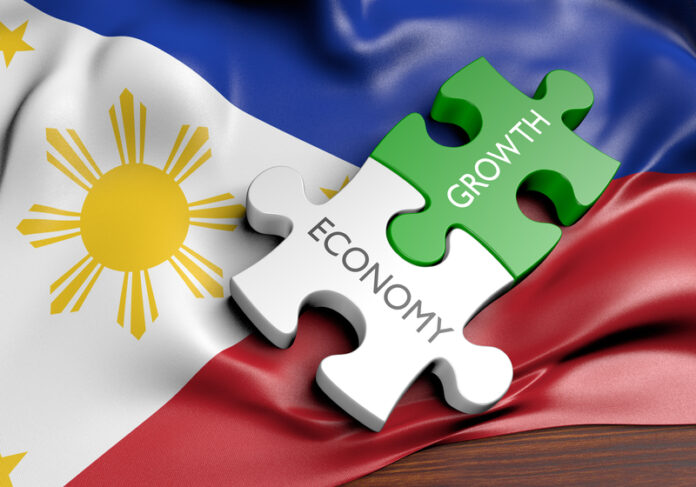
THE Philippine economy could register its highest GDP growth in history this year but will mostly be driven by low base effects and easing mobility restrictions, according to a former socioeconomic planning secretary.
In his keynote address at the Foundation for Economic Freedom forum on Wednesday, Monetary Board member Felipe Medalla said second quarter growth could be between 17.5 percent and 20.1 percent in the second quarter.
Should this happen, second quarter growth in 2021 would be the highest since the economy posted a GDP growth of 8.1 percent in the first quarter of 2010, a year after the Global Financial Crisis. The government only started to collect quarterly economic data after 1981 but the highest annual growth was recorded at 38.4 percent in 1947.
“The [projected] 17.5-percent growth in the second quarter of this year is not something to be very thrilled about. It is high because it is being compared to a very low base,” said Medalla, a former National Economic and Development Authority (Neda) director general. “Just from the gradual reduction in the stringency and severity of the lockdowns and other restrictions, GDP in 2021 should be 5 percent to 8 percent higher than in 2020.”
Medalla said GDP could continue to contract in the first quarter of 2021 at around 0.7 percent based on his main scenario but could eke out a low positive growth of 1.3 percent based on his optimistic scenario.
Third quarter this year could post a growth of 8.6 percent to as much as 11.1 percent while the fourth quarter of the year could see a growth of 1 to 4 percent.
Medalla’s main scenario takes into consideration that frontliners and the elderly will be vaccinated. Also, he said growth will be supported by cheap, quick and accurate testing that will make government policies less disruptive to economic activities.
He expects the warm weather to allow good ventilation in homes which help prevent Covid-19. He also said open air shopping areas such as tiangges and al fresco dining will boost economic growth.
Medalla said while traveling overseas will remain weak because of health risks and inconvenience, domestic travel will see a resurgence this year.
Meanwhile, he said growth in 2022 will go back to normal, Medalla said, which could be anywhere between 6 and 7 percent onward. This “normal growth,” Medalla expects, is for him the natural growth of the Philippine economy.
“When the growth of demand exceeds 7 [percent], the excess becomes imports because domestic supply cannot meet demand. The best examples of this are cement, rice and cars,” Medalla explained.
“If people feel unsafe, the economy will remain slow. While 2021 economic growth will be driven by [the] relaxation of constraints that the government itself has imposed on growth, 2022 growth will be driven by how confident the public is that Covid-19 is under control,” he added.
Maintaining the country’s natural growth rate of 6 to 7 percent will also be boosted by improving Total Factor Productivity (TFP). Medalla said TFP in the country has been growing around 1 to 2 percent.
To illustrate this, Medalla said, that while male and female productivity comprise more than half of certain sectors, these sectors only accounted for about 20 percent of GDP.
He said Agriculture, Construction and Transportation and Storage account for 57 percent of all male employment, but only made up 20.5 percent of GDP.
Sectors such as Wholesale and Retail Trade, Accommodation and Food Services account for 51 percent of female employment but only represented 23 percent of GDP.
Medalla said TFP could be higher if employment in these low productivity sectors is lower and employment in higher productivity sectors would increase.
“How this will happen requires a ‘whole-of-society’ approach. We in FEF think removing prohibitions on foreign ownership in the constitution is a big part of the answer,” Medalla, a trustee of FEF, said.
“Some of my friends think an under-valued peso is another part of the answer. But these are topics for future lecture series. But looking at labor and land markets, as this lecture series will do, is clearly also part of the answer,” he added.
Earlier, Neda said the economy can no longer stay on lockdown, and prolonging the mobility restrictions would condemn even more Filipinos to poverty and hunger.
Acting Socioeconomic Planning Secretary Karl Kendrick T. Chua said this is the economic team’s stance despite the presence of a new Covid-19 strain in the country.
Based on Neda estimates, Chua said quarantine restrictions reduced household spending by P801 billion in 2020 or an average of around P2.2 billion per day.
Chua said the decline in consumption translated into a total income loss of around P1.04 trillion in 2020 or an average of around P2.8 billion per day.
On a per-capita basis, Chua said annual family income declined by some P23,000 per worker. However, he said this masked wide differences across sectors and jobs, as some workers were hit much harder, while others lost their jobs completely.



